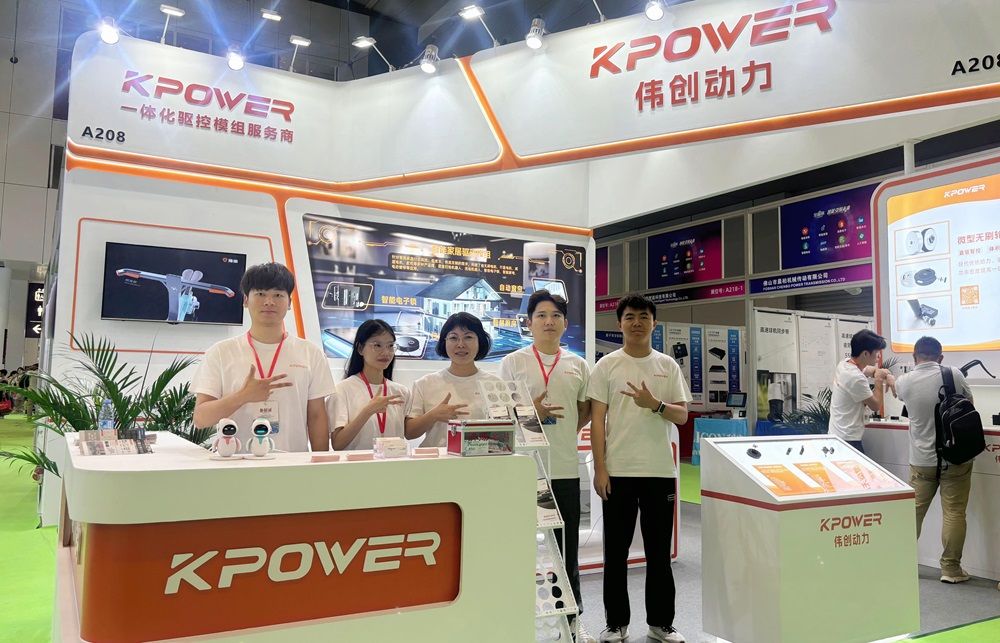Ever wonder how machines decide to move? You’ve probably come across stepping motors and servo motors—those tiny powerhouses that keep everything from 3D printers to robotics humming smoothly. But what’s the real difference? Let’s break it down.

Stepping motors are like the dependable friend who always shows up just on time. They move in precise steps—no fuss, no surprises. Think of a turntable that clicks into each groove with clarity; that’s stepping motors in action. They’re straightforward, relatively cheap, and great for applications where you need accurate positioning without high speed or torque.
On the other hand, servo motors are the athletic overachievers. They’re built to handle more, move faster, and pack a punch. Imagine a drone zipping through the air—responsive, smooth, with constant adjustments. That’s what servo motors do. They include feedback mechanisms that keep things perfectly aligned, even under complex loads or sudden direction changes.
So, how do you decide? Is it the budget-friendly, reliable stepping motor or the high-performance, dynamic servo? Well, if you're working on a project where precise steps are more critical than speed, stepping motors can save some bucks and do the job. But if your application demands high speed, variable torque, or complex control—think robotic arms or CNC machines—servo motors often come out ahead.
Here’s a little question: ever wondered why some machines seem so smooth and responsive? That’s the servo magic—they constantly check position, compare it with the desired point, and adjust in real-time. It’s like having a GPS for your motor. Meanwhile, stepping motors just follow commands without feedback, which is fine unless there’s a need for very high precision or heavy loads.
And what about maintenance? Stepping motors tend to be simpler—less wiring, fewer components, less to maintain. Servo motors might need more sophisticated controllers and testing, but they give that extra edge in performance.
Choosing between these two? It really depends on what you’re after. Want a budget-friendly, reliable solution? Go for stepping motors. Craving power, speed, and finesse? Servo motors might be your answer. Think about what matters most—cost or capability—and pick accordingly.
Now, imagine you're designing a new robotic arm. The deciding factor might be how precise and quick it needs to be. Or perhaps a conveyor belt system where steady, predictable movement is the goal—stepping motor hits the mark. It’s all about matching the tech to the task.
At the end of the day, understanding these differences helps you make smarter choices. No matter what project’s on your desk, knowing whether to lean on the steady stepper or the agile servo can make all the difference. Both are powerful tools; knowing which to use turns your idea into reality, perfectly tuned.
Established in 2005, Kpower has been dedicated to a professional compact motion unit manufacturer, headquartered in Dongguan, Guangdong Province, China. Leveraging innovations in modular drive technology, Kpower integrates high-performance motors, precision reducers, and multi-protocol control systems to provide efficient and customized smart drive system solutions. Kpower has delivered professional drive system solutions to over 500 enterprise clients globally with products covering various fields such as Smart Home Systems, Automatic Electronics, Robotics, Precision Agriculture, Drones, and Industrial Automation.




































